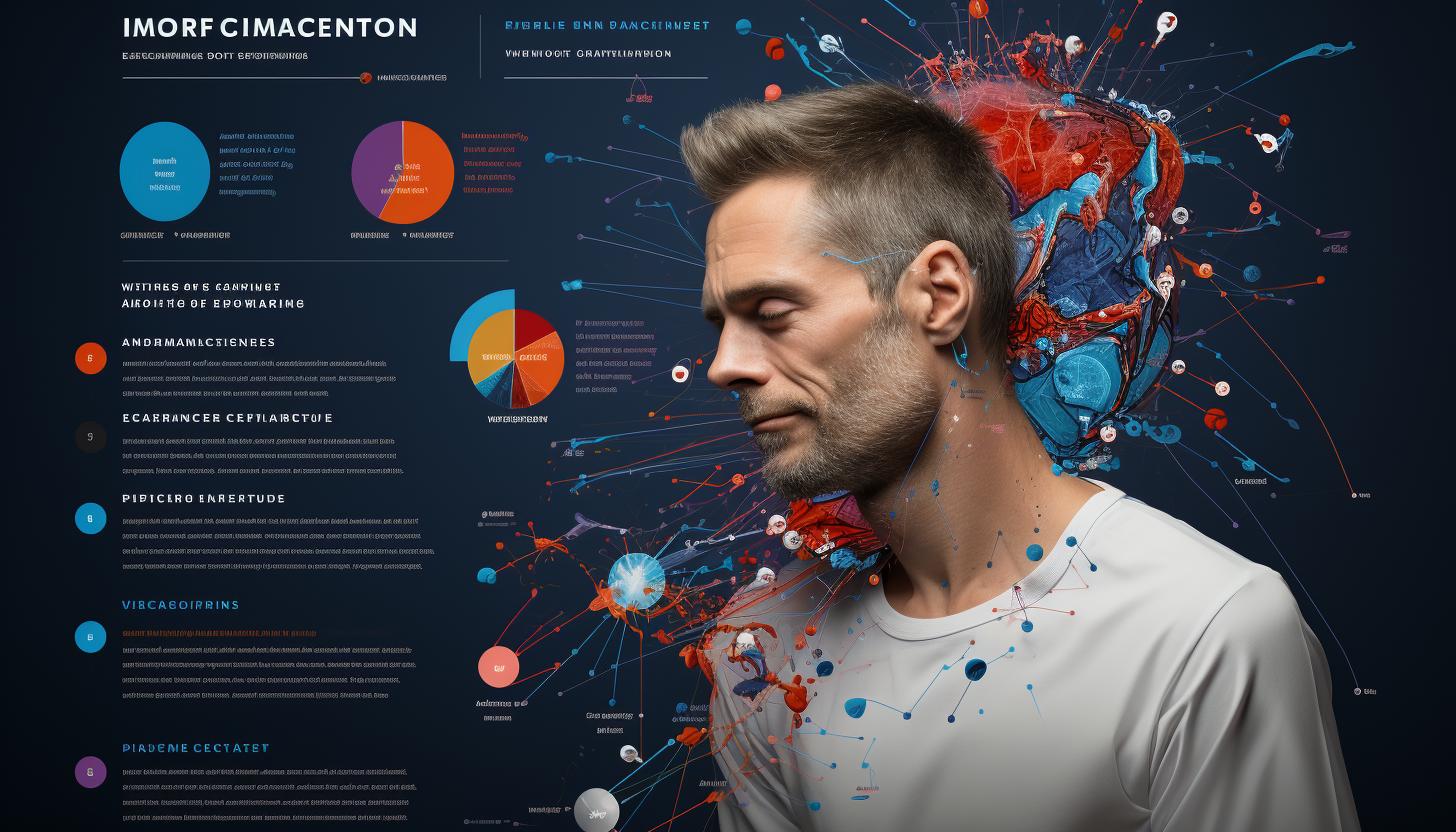The Importance of Proper Diagnosis for Effective Injury Treatment

Imagine you’re a puzzle solver, trying to piece together the perfect treatment for an injury. Just like a missing puzzle piece can ruin the whole picture, an inaccurate diagnosis can hinder your recovery progress.
In this article, we’ll explore the crucial role of proper diagnosis in effective injury treatment. We’ll delve into common pitfalls in diagnosing injuries and highlight the impact of misdiagnosis on treatment outcomes.
Get ready to uncover essential diagnostic tools and techniques that will guide you towards successful injury assessment and treatment.
The Role of Accurate Diagnosis in Injury Management

Accurate diagnosis plays a crucial role in effective injury management. When it comes to treating injuries, the role of imaging techniques and clinical examination cannot be overstated. These two methods work hand in hand to provide healthcare professionals with the necessary information to make informed decisions about the best course of treatment.
Imaging techniques, such as X-rays, CT scans, and MRIs, allow doctors to visualize the internal structures of the body that may have been affected by an injury. These images can reveal fractures, dislocations, torn ligaments, or other damage that may not be immediately apparent through physical examination alone. By accurately identifying and assessing the extent of an injury through imaging techniques, healthcare professionals are able to tailor their treatment plans accordingly.
However, clinical examination is equally important in diagnosing and managing injuries. This involves a thorough physical assessment of the patient’s symptoms and medical history. Through observation and palpation, healthcare professionals can gather valuable information about the nature of the injury. For example, examining range of motion or testing muscle strength can help determine if there is any soft tissue damage or nerve involvement.
Common Pitfalls in Diagnosing Injuries

You might be surprised by the number of common pitfalls in correctly diagnosing injuries. Early intervention is crucial to prevent long-term consequences, but without an accurate diagnosis, it becomes challenging to provide effective treatment. Misdiagnosing or overlooking certain injuries can lead to delayed recovery, chronic pain, and even permanent damage.
Here are some common pitfalls in diagnosing injuries:
| Pitfall | Description |
|---|---|
| Misinterpretation of symptoms | Similar symptoms can indicate different underlying conditions, leading to misdiagnosis. |
| Incomplete medical history | Not gathering comprehensive information about a patient’s medical history can result in missing vital clues for diagnosis. |
| Lack of thorough physical examination | A rushed or superficial examination may overlook important signs and symptoms. |
| Overreliance on imaging tests | Relying solely on imaging tests without considering other factors can lead to inaccurate diagnoses. |
| Failure to consult specialists |
Avoiding these pitfalls is essential for ensuring proper early intervention and preventing long-term consequences. By taking the time to gather a complete medical history, conducting a thorough physical examination, consulting with specialists when necessary, and using imaging tests as a supplement rather than sole diagnostic tool, healthcare providers can improve their accuracy in diagnosing injuries.
Remember that early intervention greatly improves the chances of successful treatment and recovery while minimizing the risk of long-term complications.
The Impact of Misdiagnosis on Treatment Outcomes

Misdiagnosing injuries can have a significant impact on the outcome of treatments. Not only does it lead to unnecessary medical procedures and medications, but it also incurs additional costs for patients and healthcare systems. The cost of misdiagnosis includes expenses associated with follow-up appointments, tests, and treatments that may not be needed if the correct diagnosis was made initially. This burden falls on both individuals and society as a whole.
Moreover, the psychological impact of misdiagnosis should not be underestimated. It can cause anxiety, stress, and even depression in patients who are left uncertain about their condition or who receive incorrect treatment based on an inaccurate diagnosis. Patients may lose faith in the healthcare system or become wary of seeking further medical help due to negative experiences.
To avoid these detrimental effects, essential diagnostic tools and techniques for injury assessment are crucial. By utilizing imaging technologies such as X-rays, MRIs, or CT scans, healthcare professionals can accurately visualize internal structures and identify any abnormalities or damage present. Additionally, physical examinations and patient history assessments play a vital role in gathering information that aids in making an accurate diagnosis.
Properly diagnosing injuries is paramount to ensure effective treatment outcomes while minimizing unnecessary costs and preventing adverse psychological effects on patients.
Essential Diagnostic Tools and Techniques for Injury Assessment

Utilizing imaging technologies like X-rays, MRIs, or CT scans is crucial in accurately visualizing internal structures and identifying any abnormalities or damage when assessing injuries. These diagnostic imaging advancements have revolutionized the field of injury assessment, allowing healthcare professionals to obtain detailed images of the affected areas. By incorporating these tools into the evaluation process, medical practitioners are able to gather essential information about the severity and extent of an injury.
One common technique used in injury assessment is X-ray imaging. X-rays provide a quick and efficient way to evaluate bone fractures, dislocations, or joint abnormalities. This non-invasive procedure uses electromagnetic radiation to create images that help doctors identify specific injuries and determine appropriate treatment plans.
Another valuable tool in injury assessment is magnetic resonance imaging (MRI). MRI scans utilize powerful magnets and radio waves to generate highly detailed images of soft tissues such as muscles, ligaments, tendons, and organs. This technology allows for a comprehensive evaluation of internal structures without exposing patients to ionizing radiation.
Computed tomography (CT) scans are also widely used in assessing injuries by producing cross-sectional images that provide a three-dimensional view of the body’s structures. CT scans are particularly helpful in evaluating head trauma, spinal cord injuries, or complex fractures.
Incorporating these advanced diagnostic techniques into injury assessments enables healthcare professionals to accurately evaluate the severity of an injury and plan appropriate treatment strategies based on precise information. It is important for medical practitioners to stay updated with the latest advancements in diagnostic imaging technologies to ensure effective patient care and improved outcomes.
Collaborative Approach: The Key to Effective Diagnosis and Treatment

Collaboration among healthcare professionals is crucial in accurately diagnosing and treating injuries, ensuring comprehensive patient care. A collaborative approach involves the effective communication and coordination of different healthcare providers, such as physicians, nurses, physical therapists, and radiologists. By working together, these professionals can pool their expertise and knowledge to develop an accurate diagnosis and create a tailored treatment plan for each patient.
The collaborative approach begins with the sharing of information between healthcare team members. For example, a physician may consult with a radiologist to request specific imaging tests that can aid in the diagnosis of an injury. The radiologist then interprets the results and communicates them back to the physician. This exchange allows for a more accurate diagnosis by incorporating multiple perspectives.
Once a diagnosis has been made, collaboration continues throughout the treatment process. Physicians may work closely with physical therapists to develop individualized rehabilitation programs that address specific injury needs. Nurses play a vital role in monitoring patients’ progress and communicating any changes or concerns to other team members.
Research has shown that this collaborative approach leads to more effective treatment outcomes. By combining their expertise, healthcare professionals can ensure that each aspect of an injury is properly addressed, resulting in improved patient outcomes and overall satisfaction.
Conclusion
In conclusion, proper diagnosis is the compass that leads to effective injury treatment. Just as a lighthouse guides ships through treacherous waters, accurate diagnosis illuminates the path towards healing and recovery.
Without it, we risk sailing blindly, unsure of how to navigate the complexities of injury management. Misdiagnosis can be like a fog that obscures our understanding and hinders progress.
By utilizing essential diagnostic tools and techniques, and fostering a collaborative approach between healthcare professionals and patients, we can ensure that injuries are accurately assessed and treated with precision.






